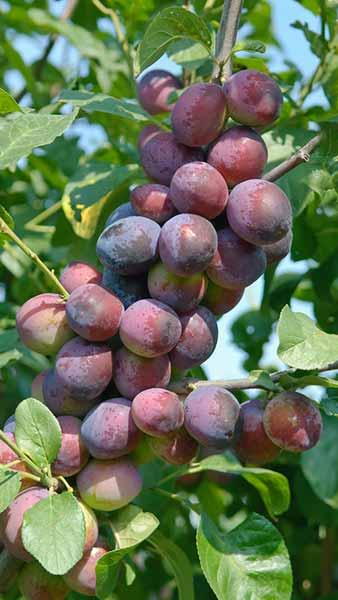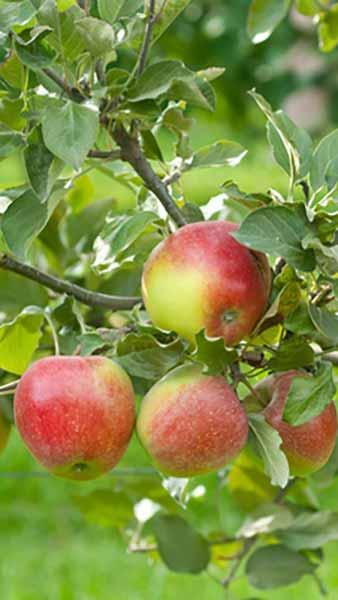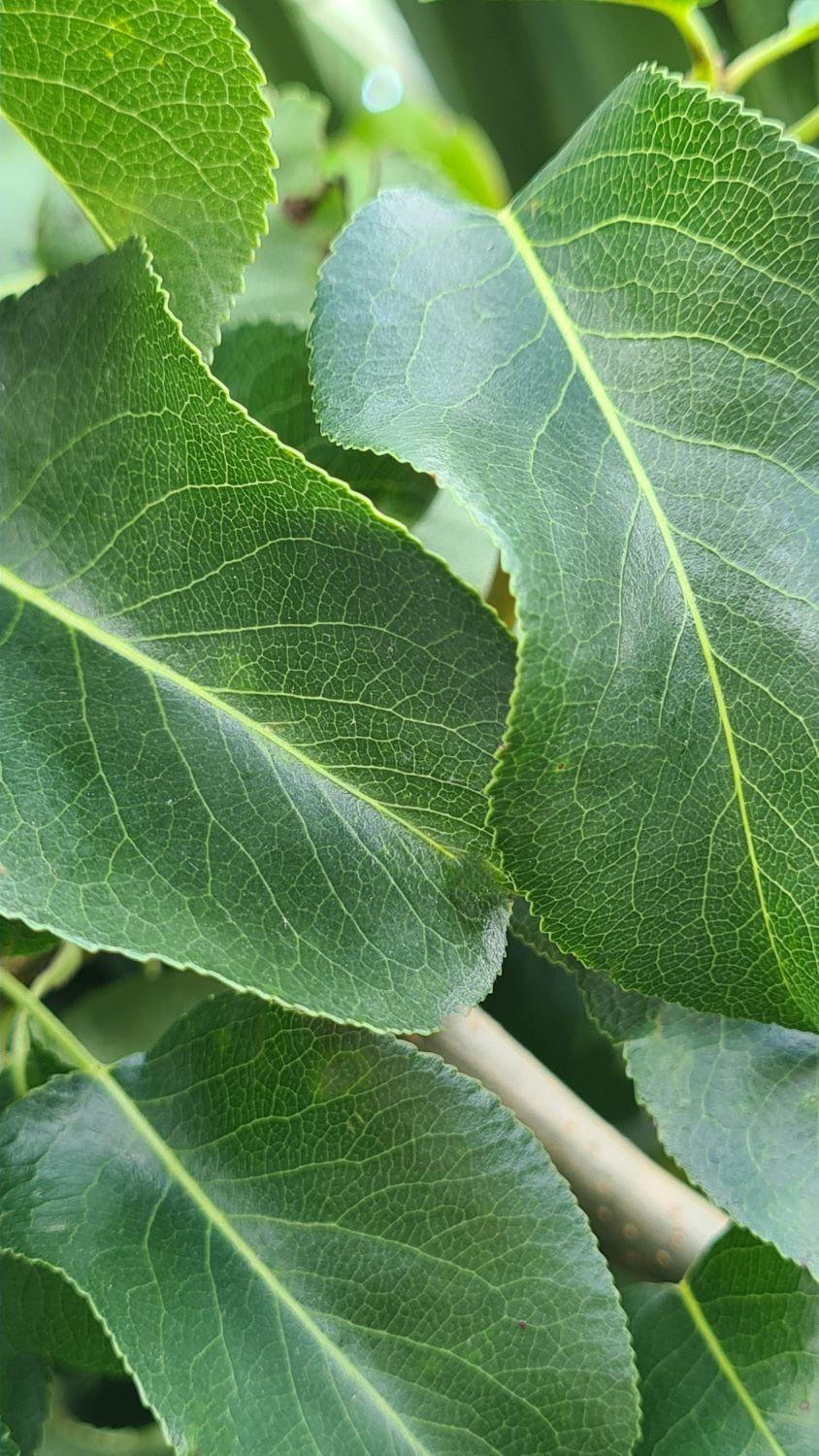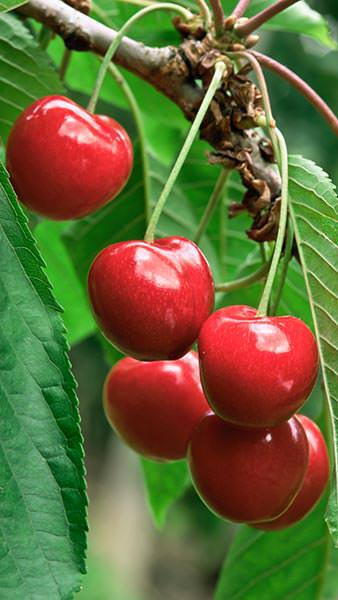Prunus Avium Stella Sweet Cherry Stella Fruiting Cherries
Prunus Avium Stella or Sweet Cherry StellaA cultivar of the wild cherry Prunus Avium, Prunus Avium Stella is a heavy cropping black cherry tree, prized for its abundant, flavourful fruits. This small deciduous tree is self-fertile and considered to be low-maintenance. Although it is primarily grown for its fruit, this cherry cultivar can be used as an ornamental tree as well.The easily recognizable, white cherry blossoms unfold in the spring. The scented flowers are particularly appealing to insects which earned this cultivar the Perfect for Pollinators badge. The rich, high quality fruit follows early in the summer, dark crimson red when ripe. The Stella cherries are firm, large, and have a sweet flavour. Not unlike its close relatives, this deciduous fruit tree has ovate, toothed foliage that starts out dark green, turning to warm hues of orange, copper and red in the autumn.Height and Spread of Prunus Avium StellaStaying compact as it develops, Sweet Cherry Stella will achieve a maximum size of approximately 3.5-4.5 metres high and 3m across. How Hardy Is Prunus Avium Stella Fully hardy in the United Kingdom, this cultivar can survive subzero temperatures. For its good constitution and reliable performance, Sweet Cherry received the prestigious Award of Garden Merit by Royal Horticultural Society.How To Use Prunus Avium StellaA small deciduous fruiting tree with an upright crown, Sweet Cherry Stella is suitable for small and large gardens alike. It can be grown for regular, abundant crops of fruit, or for its lovely appearance. The masses of spring blossoms and good autumn colour make this deciduous tree a beautiful addition to the landscape, but the high-quality cherries it produces are undoubtedly its most appreciated feature.As a self-fertile plant, this cherry cultivar will bear fruit without having a pollination partner nearby, as it relies on insects for pollen. However, it will make a splendid pollination partner for other, self-sterile cherry cultivars.How To Care For Prunus Avium StellaAdaptable and undemanding, this cherry variety will grow in almost any soil, as long as it is moderately fertile and well-drained. Sweet Cherry Stella does not fare well in wet conditions, and lack of proper drainage or overwatering can lead to fruit splitting. Choose a sunny spot in the garden, sheltered or exposed, to grow this tree. Easy to grow and to care for, this deciduous tree needs very little care to thrive. Annual pruning will keep the tree in optimal form. Suitable for fan-training.Providing a good crop of delicious fruit each year, this cultivar is an excellent choice for gardeners interested in growing cherries. Grow this cherry fruit tree on its own or in a group, both for its showy looks and reliable crops.







